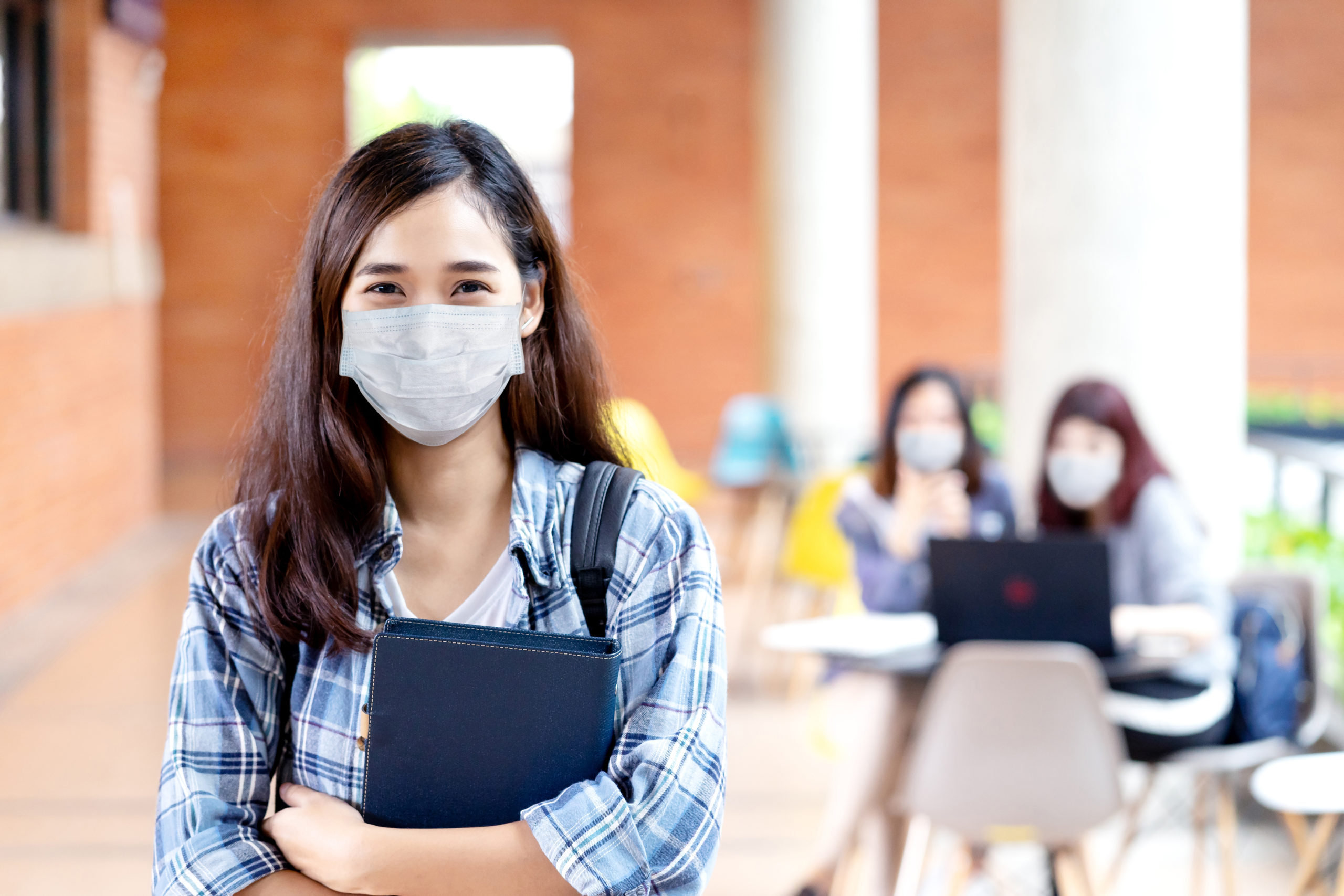How Does Increasing Cleaning Chemicals in Schools Impact Student Health?
Due to the global COVID pandemic, demand for chemical disinfectants have seen unprecedented increases in demand with top suppliers such as Clorox reporting demand spikes of over 500% in the summer months of 2020. As schools attempt to reopen, the required stringent cleaning and sanitizing protocols means far more chemical exposure and that, too, is a threat to public health.
The majority of products used to disinfect against COVID-19 contain the active ingredient Quaternary ammonium. Others contain mixtures of various chemicals such as Hydrogen Peroxide; Peroxyacetic Acid, Isopropanol, Ethanol, Sodium hypochlorite, and Triethylene glycol. According to top researchers, including Harvard University, these compounds, particularly the most common, Quaternary ammonium and Sodium hypochlorite (bleach)-- have negative health effects when used regularly, including an increased risk of COPD of between 24% and 32%, asthma, and fertility issues.
Children have the highest health risks from exposures to these chemicals with estimates that 5% of childhood cancer and 30% of childhood asthma are related to chemical exposures.
With the drastic increase in chemical exposure we are already seeing significant health impacts in the US. US Poison Centers recently reported the number of poisonings from disinfectants in March of 2020 had doubled compared to March of the previous year, and this was before the pandemic took hold in the US.

David Allen, Head of Facilities at a Denver area high school stated, “Continuing to expose our students and staff to massive amounts of harmful chemicals wasn’t supportable. With the added labor costs to apply them, it was not a sustainable solution.”
Allen’s school adopted UV-C lighting, which in 5 minutes can disinfect 99.999% of the SARS-CoV-2 virus from every classroom.
It’s a fraction of the cost, especially given the long-term applications. We’re protected from future outbreaks without buying more PPE. - David Allen, Head of Facilities, Denver Area High School
To learn more about how UVC lighting makes schools safer, Click Here.


